On the fierce battlefields of the two resistance wars against French colonialism and American imperialism, nearly 260 reporters, editors and technical staff of Vietnam News Agency fell, leaving behind tragic stories of courage, steadfast spirit and dedication to journalism.
Among them, talented journalist and photographer Bui Dinh Tuy is a living proof of sacrifice, talent and patriotism. He is one of the first people to be honored by Ho Chi Minh City through a street and bridge named after him, as an indelible mark of his contributions to revolutionary journalism.
Southern battlefield and vivid images
Canh Duong village, Hoa Trach commune, nestles on the coast of Quang Tri , where the waves lapping softly echo the peaceful rhythm of life of a heroic countryside.
It was here, in 1914, that Bui Dinh Tuy was born into a farming family, growing up amidst the sound of ocean waves, the salty taste of the wind in the fields, and stories of labor, the ocean, and the desire for freedom that permeated his soul.
Since childhood, Bui Dinh Tuy has shown a talent for painting and photography, taking the first steps toward a life attached to light, darkness and human stories.
In 1935, he left the village to Hanoi to study at Bach Nghe School, but only one year later was expelled by the French colonialists for participating in a strike to commemorate Phan Chu Trinh.
His enthusiasm never cooled down, he went to Saigon to work as a painter for a cinema and started participating in the revolutionary movement. Every stroke of his drawing, every photo of his was imbued with patriotism, fighting spirit and the desire to preserve moments of human life in historical times.
After the August Revolution, Bui Dinh Tuy was in charge of photography at the Saigon Information Department and worked as a reporter for the Cam Tu newspaper of the Saigon - Cho Lon Special Zone, with the pen name Dinh Thuy.
Through the lens of his pen, he tells stories about the country and people during the resistance war, with all his heart and artistic sensitivity.
In 1954, he was transferred to the North to work at the Vietnam News Agency and from 1957 held the position of Deputy Head of the first Photography Branch of the News Agency.
In 1961, Bui Dinh Tuy was sent to the German Democratic Republic to study color photography - opening a turning point in his career.
Returning to Hanoi in 1962, he and his colleagues set up the first darkroom at the News Agency, bringing Vietnam into the era of color photography, recording the beauty of his homeland's landscape and images of President Ho Chi Minh in everyday life.
The first color photos amazed the public: the lush green of the fields, the brilliant yellow of the countryside sunshine, and the gentle and friendly eyes of Uncle Ho.
Bui Dinh Tuy's lens not only records images but also tells revolutionary stories, turning the art of photography into a sophisticated propaganda tool, contributing to elevating the level of Vietnamese journalism in the context of the arduous resistance war.
In 1965, when the Southern battlefield became fierce, Bui Dinh Tuy was transferred to the Southeast, taking on the position of Deputy Director of the Liberation News Agency. In places where bombs fell and bullets exploded, he directly participated in combat, while also mentoring and training young reporters, passing on his experience and persistent fighting spirit, regardless of hardship.
Bui Dinh Tuy's lens captures everyday but vibrant moments such as: a hurried lunch on the way to work, scenes of carrying goods to serve the front line, resounding victories of our army...
Each photo is like a vivid piece of history, a spiritual encouragement, adding strength to the army and people of the South during difficult days.
On September 21, 1967, on the way back after reporting at the 2nd National Congress of Heroes and Emulation Fighters, Bui Dinh Tuy's working group was attacked by American planes.
He was hit by a bomb and died at the Trang Dau front at the age of 53. His passing left behind endless sorrow, but the photos and stories he left behind still live on - a testament to the courage, dedication and burning love of journalism of an excellent journalist.
The wind grave of journalist and martyr Bui Dinh Tuy at Canh Duong Martyrs Cemetery, Quang Tri province. (Photo: Nguyen Linh/VNA)
Honor and memories of homeland
On the occasion of the 20th anniversary of the Liberation of the South and National Reunification Day, the People's Committee of Ho Chi Minh City named a street and a bridge in Binh Thanh after Bui Dinh Tuy - as a living testament to a man's life, career and steadfast heart.
This is the first time a Vietnamese journalist has been honored in this way, becoming a source of pride not only for his family but also for Vietnam News Agency.
From Dong Hoi, we went to Canh Duong village, a countryside rich in historical traditions, where the spirit of steadfastness and bravery in fighting has become a heritage. The peaceful Canh Duong communal cemetery, the resting place of more than 230 martyrs, stands out among the solemn graves is the wind grave of Bui Dinh Tuy, located in the front row, solemn, as if still quietly guarding the memory of the homeland and the example of sacrifice for the revolutionary ideal.
Mr. Tran Trung Thanh, former Chairman of the People's Committee of Canh Duong commune, shared: Canh Duong people are always grateful and appreciate the great sacrifices of their homeland's children.
Among the martyrs, journalist-martyr Bui Dinh Tuy is the one who made many contributions to the country in the field of journalism, shining the revolutionary tradition of his homeland.
People wish to have a street named after Bui Dinh Tuy - the outstanding son of Canh Duong in his hometown Quang Tri.
The former Chairman of the People's Committee of Canh Duong commune said that after many times returning to the Song Be battlefield to find the remains of martyr Bui Dinh Tuy but without results, the martyr's family requested to set up a wind tomb in his hometown cemetery, both to conveniently burn incense and to remember him in a place where memories and pride converge.
Mr. Bui Dinh Toai, son of martyr Bui Dinh Tuy, emotionally shared: The war has been over for decades, but memories of my father still exist in every souvenir. Every time I look back at the photos and old items, I feel like my father is present here. The family's last wish is to welcome my father back to his homeland.
The wind tomb has become a memorial site and a source of pride for Canh Duong people. Many people have suggested naming a hometown road after Bui Dinh Tuy, so that the younger generation can understand and continue the revolutionary tradition.
According to journalist Vo Manh Thanh, Head of VNA's Resident Office in Quang Tri, journalist and martyr Bui Dinh Tuy is a symbol of patriotism, revolutionary spirit and tireless dedication.
Despite his death, his name will live forever in the hearts of his colleagues, hometown and country. Honoring him with a road and bridge in Ho Chi Minh City is a tribute and a lesson in the spirit of sacrifice and responsibility to history.
Journalist Vo Manh Thanh wishes to have a street named after Bui Dinh Tuy in his hometown of Quang Tri to recognize his contributions to the revolution and the country's journalism.
The Quang Tri battlefield was once the place where Vietnam News Agency reporters risked their lives to record the breath and moments of war. Journalist and martyr Luong Nghia Dung sacrificed his life in this land in the summer of 1972, leaving behind an image of resilience and devotion to the truth.
His and his colleagues' works truly reflect the fighting spirit of the army and people of Quang Tri, contributing to spreading the courage and determination of the Vietnamese people.
The people and government of Quang Tri remembered his contributions by naming a street in Nam Dong Ha ward as a deep gratitude.
Mr. Le Minh Tuan, Director of the Department of Culture, Sports and Tourism of Quang Tri, emphasized: "We always respect and acknowledge the great contributions of journalist - martyr Bui Dinh Tuy. The proposal to name a street after him will be considered by the provincial authorities in the near future."
Looking back on his life journey, from Canh Duong village to Hanoi, Saigon and the Southern battlefield, each photo, each road, each bridge named after him reminds us of the value of patriotism, resilience and responsibility to history.
The contributions of martyr Bui Dinh Tuy not only glorify revolutionary journalism but also become a shining example for generations of journalists today and tomorrow./.
(TTXVN/Vietnam+)
Source: https://www.vietnamplus.vn/nguoi-con-canh-duong-va-su-hy-sinh-kien-trung-cho-nen-bao-chi-cach-mang-post1061501.vnp


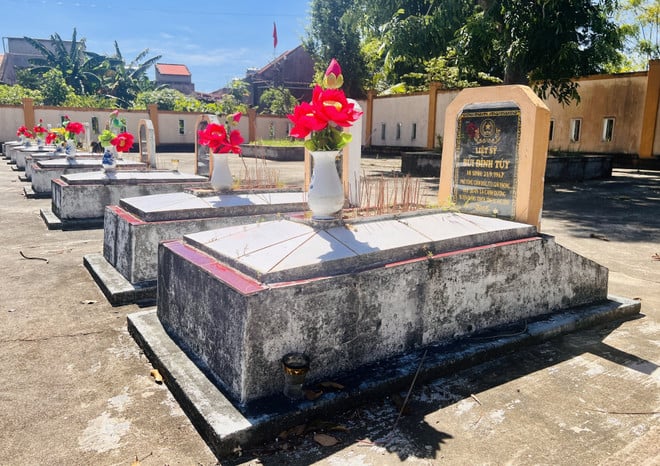






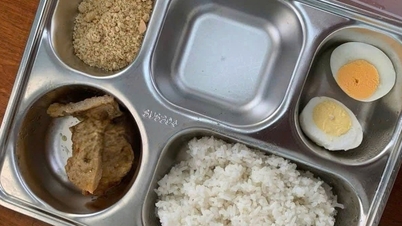

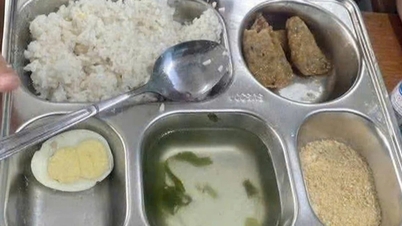

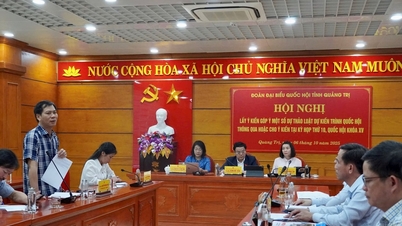

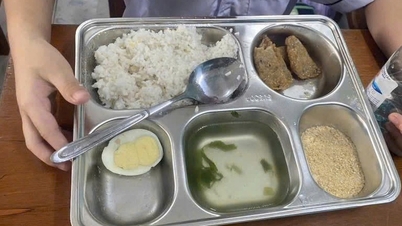
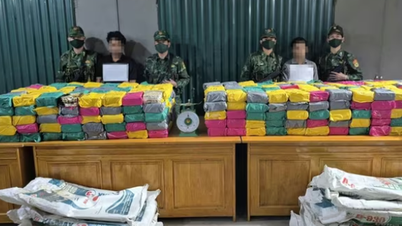


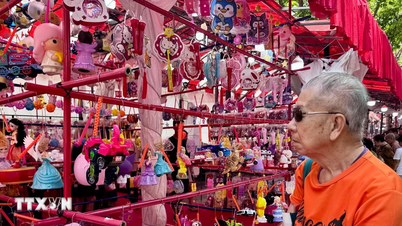

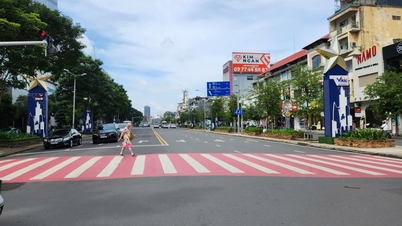

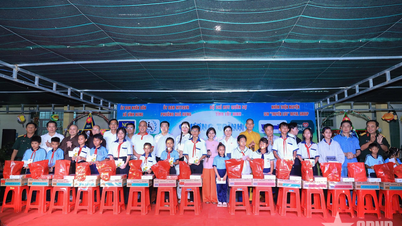

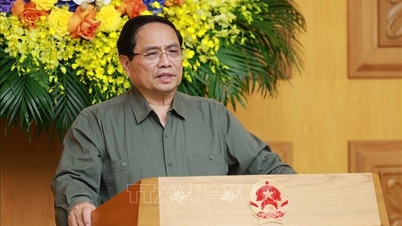





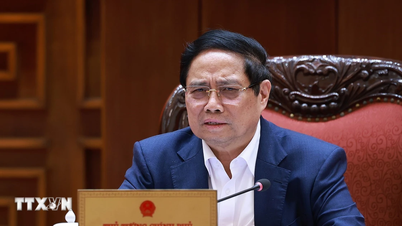
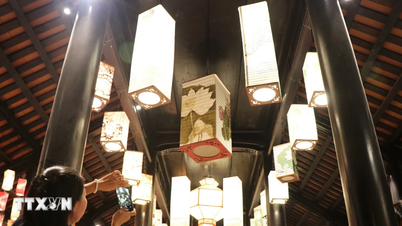


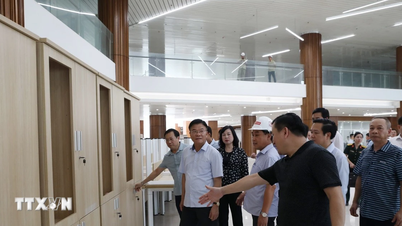














































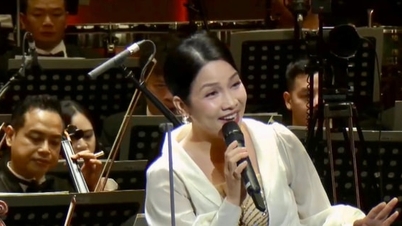














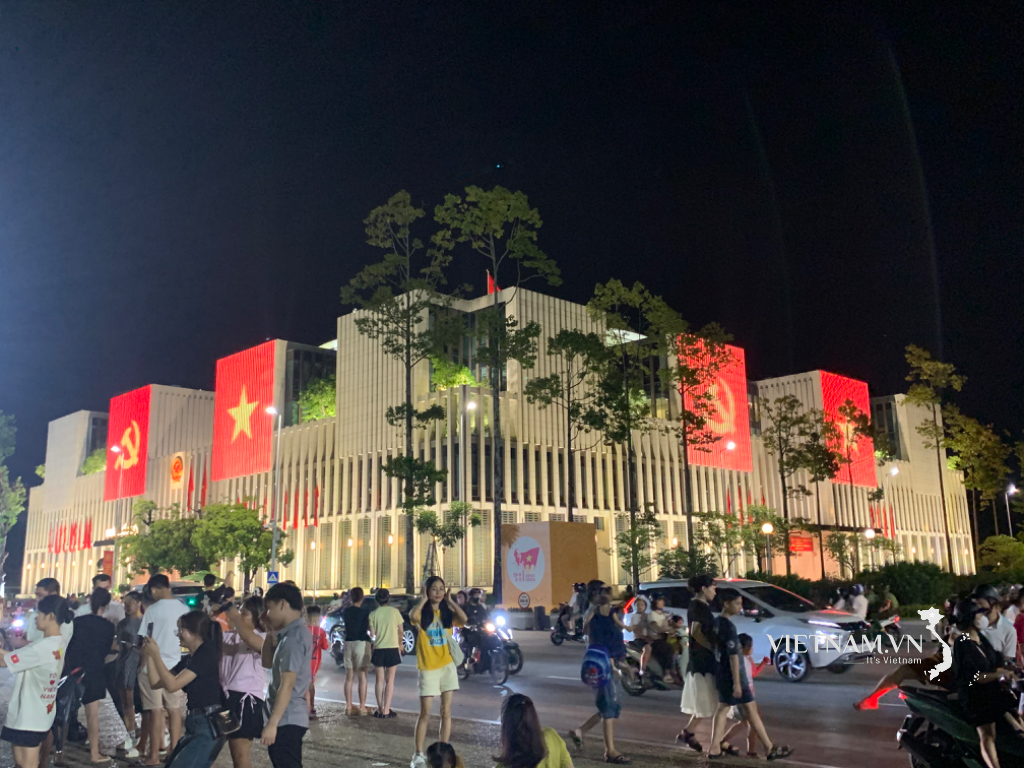

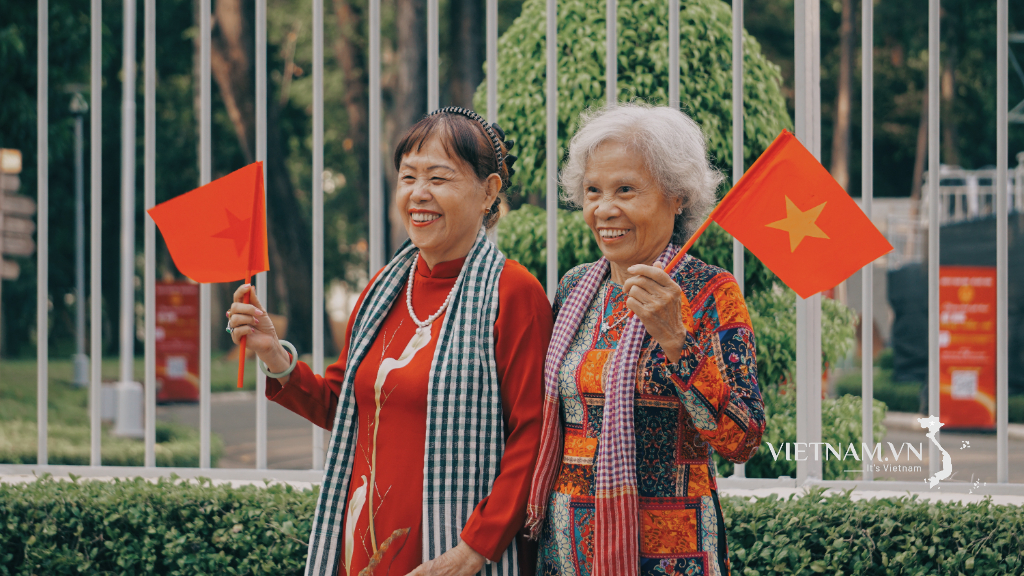
Comment (0)